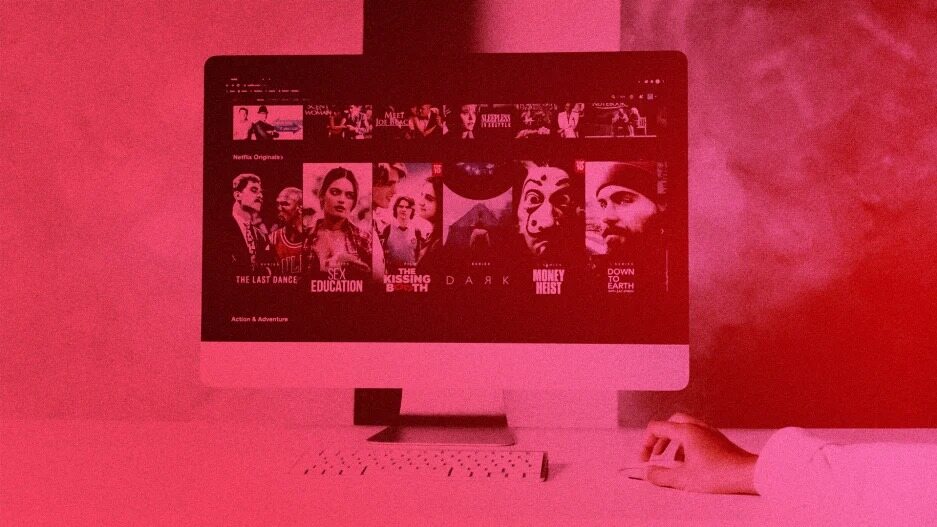- | 8:00 am
Sorry, TV: Video games and user-generated content are now the top forms of entertainment
Deloitte’s 17th Digital Media Trends Survey found overall subscriber churn among streaming services to be around 40% over a six-month period it studies.

Couch potatoes aren’t what they used to be.
A new study from Deloitte finds that watching TV shows and movies at home is no longer the top entertainment preference, especially with younger generations. Instead, today’s digital consumers are dividing their time between video games, user-generated content (UGC), and traditional entertainment. And that’s having an impact on streaming services.
Deloitte’s 17th Digital Media Trends Survey found overall subscriber churn among streaming services to be around 40% over a six-month period it studies. Among Generation Z and millennials, though, that rate jumped to 57% and 62% respectively.
“In general, younger generations like Gen Zs and millennials play video games and watch UGC to be entertained but also for social connection and a sense of immersion—that feeling of being deeply engaged and even transported into the screen,” the report reads. “In contrast, Gen X and older are likely to feel most immersed while watching TV shows and movies and are less likely to feel a sense of community from any of these options.”
That sense of community is also driving product awareness. Half of the consumers Deloitte spoke with said UGC helped them discover new products or services, with 40% saying they’re more likely to buy a product after they watch a creator review it.
Overall, consumers these days are looking for more than entertainment from their digital experiences. Many, especially younger people, are looking for fulfillment, whether that’s through interaction or socialization.
More than a third of the gamers Deloitte spoke with said they feel better about their self-image when they’re playing video games—and half of the Gen Z and millennial gamers surveyed said they socialize more in games than in the physical world. UGC viewers, meanwhile, say they stay tuned in because the content is free, there’s always something new, and they feel a sense of trust with some of the content creators.
The popularity of these alternate engagement options with younger people could transform the media landscape.
“Consumers are feeling streaming fatigue, juggling multiple subscriptions, and facing pressure to reduce their monthly costs,” Deloitte wrote. “Rather than existing in silos, younger generations are weaving a more blended and interdependent tapestry of entertainment including streaming video, social media, music, and gaming to maximize their digital experiences.”
The study could be a wake-up call for streaming services. Beyond the churn numbers, consumers told Deloitte they were unhappy with how much they pay for SVOD (subscription video on demand) services, and roughly one-third say they plan to reduce the number of subscriptions they currently have (news that’s likely unwelcome to Discovery as it plans its relaunch of HBO Max, now called simply Max).
Just under half of the millennials the company spoke with said they had “churned and returned”—canceling a service only to resubscribe within six months, usually when incentives are offered or a popular show returns. And 47% of all consumers said they had made at least one change to their entertainment subscriptions, whether that was canceling or moving to an ad-supported model, because of economic conditions.
“It’s hard to avoid the generational story at the heart of these changes,” Deloitte wrote. “Generation Z is the first generation to grow up with smartphones, social media, and always-on access to the internet. . . . It’s likely that their behaviors are an early glimpse of connected and immersed generations that follow them. For media and entertainment companies hoping to lead the way into a rapidly unfolding future, it may be pivotal to understand how people fulfill their needs by moving between media, how they increasingly exist in a world that blends physical and digital domains, and how these behaviors are seeking more immersive, social, and valuable digital media experiences.”








































